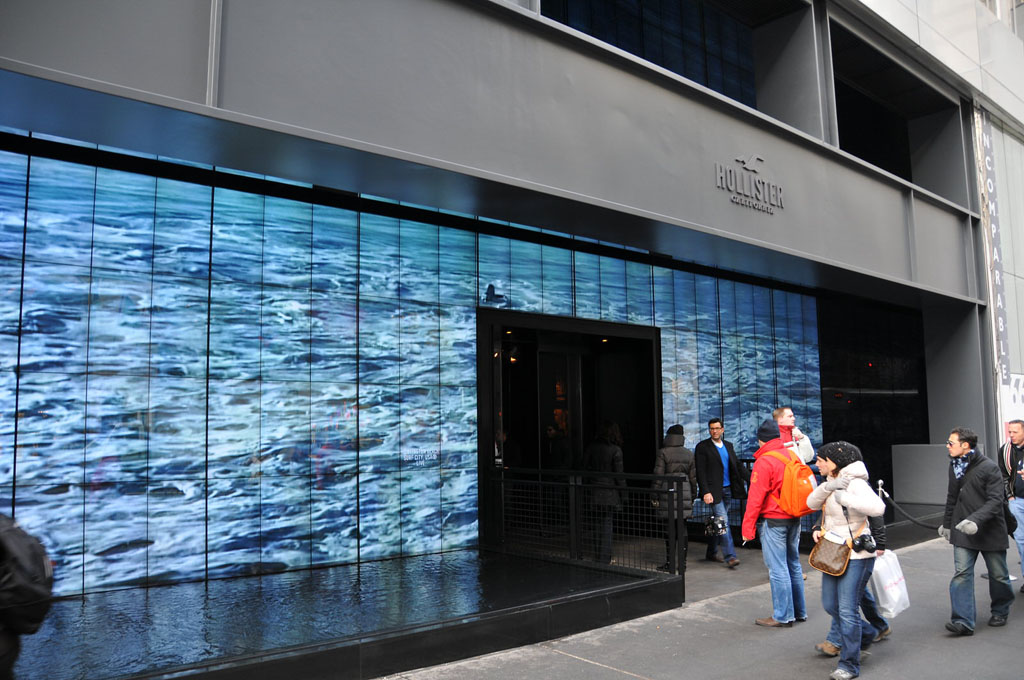How do you explore customers’ perceptions about a brand ? Which methodologies should you use to elicitate brand images ? A recent research published in the Journal of Retailing explores consumers’ perception of Hollister and Co. and uses for this aim a vast array of market research techniques.
Market research methods
The methodologies used by the authors to explore consumers’ feelings, unconscious thoughts are complementary : qualitative interviews with different stakeholders, focus groups (see our article on Pro’s and Con’s of focus groups vs. individual interviews), observations in stores and finally analysis of written accounts by visitors of the stores. This is a very important learning points for those who need to do a market research study. Market research can’t be done just with one method (for instance only survey). Market research is an interative process that finds its roots in the use of different techniques to get an objective understanding of the situation.
In fact the authors of this study started the analysis of written accounts only after having carried out preliminary phases :
“[the] study reported herein was preceded by preliminary research involving three focus groups and eleven extended interviews with Hollister consumers and employees, inclusive of six parents paying for children’s purchases. The study was followed up, furthermore, by the authors’ unobtrusive observation in four stores (all three in London, plus Newcastle-upon-Tyne).”

What’s the customer experience at Hollister like ?
The analytical perspective taken by the authors is quite original (they compare the Hollister experience with an epic tale). The written accounts are rich in metaphors and insights that allow very interesting findings.
First of all there is a recurring time and place dimension in customers’ accounts. The southern California surfer theme transposes them in another spatial dimension. Moreover memories and nostalgia feelings are also often mentioned which further confuse time perceptions.
Underworld encounters appear also like a recurring theme that finds its roots in the darkness of the stores. In the latter customers encounter Monsters and Gods : “beautiful mythical creatures”, Gods, in the form of “heavenly beautiful sales associates”. The accompanying parent is seen as guardian, a “forbidding divinity”. The real monster though is Mike Jeffries, the discriminating former CEO of Hollister and Abercombie & Fitch.
Hollister : a marketing monstruosity ?
Some informants see the brand as a whole as a monstruosity. It’s not only about the CEO but about all the tricks used to fabricate a fake brand that will rip money from innocent customers. Yet monstruosity is not only about the brand itself; it’s also about customers who feel monstruous themselves. The Hollister brand seems therefore to have a dual personnality: attractive and repulsive at the same time. It’s attractive from the outisde and leads to repulsive feelings from the inside. The testimony of Danielle is a perfect example :
“I left that store feeling completely down about my self-image and feeling like I was by far the ugliest human on this planet.”
In conclusion
This research is an outstanding example of how qualitative research can be used to better understand brand perception from the perspective of the consumer. The key learning points is that methodologies are complementary, not exclusive. Combining different qualitative techniques helps you do better market research.
Posted in Marketing.